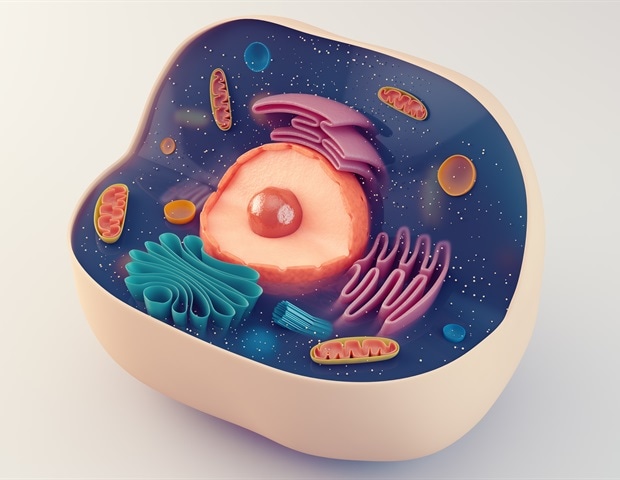The selection of suitable donors is crucial for the long-term recovery of patients after an allogeneic hematopoietic stem cell transplantation (allo-HSCT). Primarily, the transplantation from a matched sibling donor (MSD) is…
Young donor age proves critical for survival after stem cell transplantation
